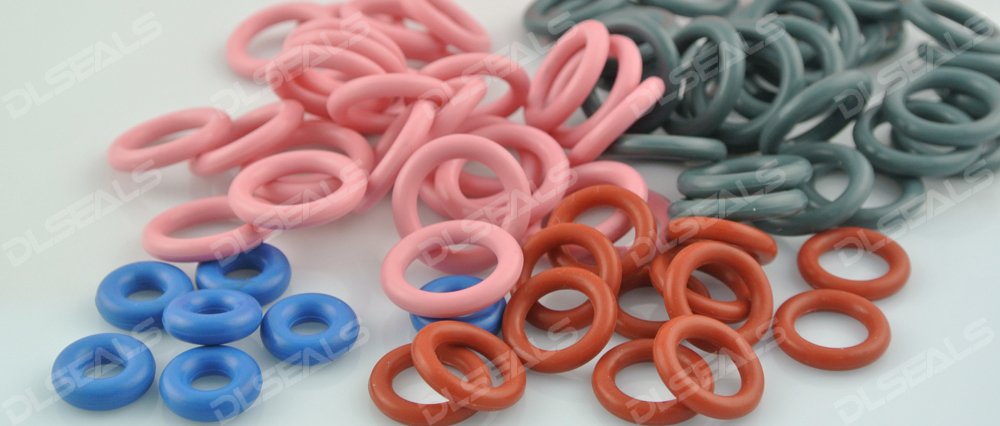Rubber seals play a crucial role in various industries where effective sealing is paramount for operational efficiency and safety. This comprehensive guide explores the types of rubber seals available and their diverse applications across different sectors.
Types of Rubber Seals
1. O-Rings:
O-Rings are one of the most common types of rubber seals, known for their circular cross-section that fits into a groove and creates a tight seal. They are versatile and used in hydraulic and pneumatic systems, engines, and plumbing fixtures.
2. Lip Seals:
Also known as radial shaft seals, lip seals are used to prevent the leakage of lubricants from rotary shafts in motors, pumps, and gearboxes. They consist of a flexible lip that seals against the shaft surface.
3. Gaskets:
Rubber gaskets are flat seals used to fill gaps between two mating surfaces, providing a barrier against leakage. They are widely used in piping systems, engines, and machinery where joints need to be sealed tightly.
4. Diaphragms:
Diaphragms are flexible membranes made of rubber that move in response to pressure changes. They are used in pumps, valves, and actuators to control the flow of fluids or gases.
5. Bellows:
Bellows are accordion-like rubber seals designed to accommodate movement and absorb vibrations while maintaining a seal. They are used in automotive steering systems, industrial machinery, and HVAC applications.
1. Automotive Industry:
Rubber seals are extensively used in vehicles for sealing doors, windows, engine compartments, and various fluid systems. They help in maintaining cabin comfort, preventing water ingress, and ensuring efficient operation of automotive components.
2. Aerospace Sector:
In aerospace applications, rubber seals are critical for sealing fuel tanks, hydraulic systems, and cabin pressurization systems. They must withstand extreme temperature fluctuations and maintain integrity under high-pressure conditions.
3. Industrial Machinery:
Industrial machinery relies on rubber seals to prevent leakage in hydraulic systems, pumps, compressors, and valves. They ensure the efficient operation and longevity of equipment by maintaining proper fluid containment and pressure regulation.
4. Consumer Electronics:
Rubber seals are used in consumer electronics such as smartphones, laptops, and appliances to protect internal components from dust, moisture, and debris. They contribute to the durability and reliability of electronic devices.
5. Medical and Pharmaceutical Applications:
Rubber seals play a vital role in medical devices and pharmaceutical equipment where sterility and precision are critical. They are used in pumps, valves, and connectors to maintain aseptic conditions and prevent contamination.
Choosing the Right Rubber Seal
When selecting a rubber seal for specific applications, factors such as temperature resistance, chemical compatibility, pressure ratings, and durability should be considered. Different elastomers like nitrile rubber, silicone rubber, EPDM, and fluorocarbon rubber offer varying properties suited for diverse environments.
Conclusion
Rubber seals are indispensable components across industries, ensuring the efficient and safe operation of machinery, vehicles, electronics, and more. Understanding the types of rubber seals and their applications helps in making informed decisions to enhance performance and reliability in various operational settings.
For expert advice on choosing the right rubber seals for your specific needs, consult with trusted suppliers and manufacturers who specialize in sealing solutions tailored to your industry requirements.
This guide provides a comprehensive overview of rubber seals, highlighting their versatility, applications, and considerations for optimal performance in diverse industrial and commercial settings.
Post time: Jul-06-2024

